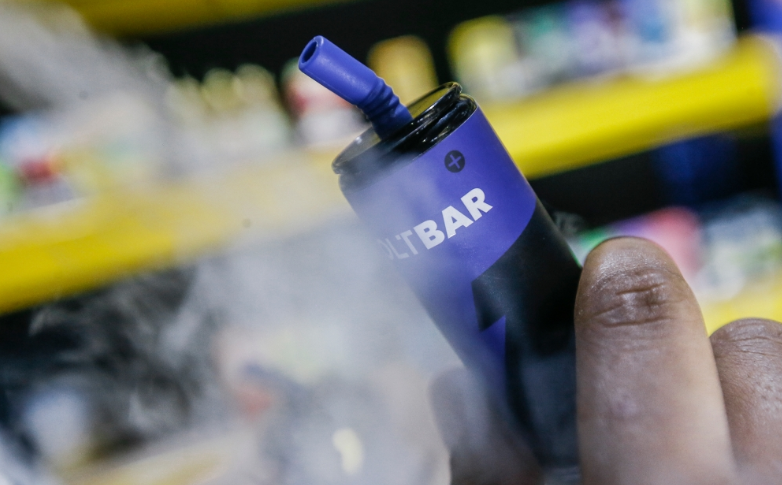Vape Regulations Urgently Needed: Minister of Health Must Act Now

The Malaysian government recently exempted nicotine-containing vape liquids from the restrictions in the Poisons Act 1952, opening the path to the legal sale of vape liquids with nicotine at retail. However, there is a missing ingredient in the regulatory framework, as there are no regulations on vaping devices, vape liquids containing nicotine, and the vape industry to protect consumers. In this article, we explore the need for urgent regulations on vape products and the vape industry in Malaysia, the dangers of certain ingredients, and the fastest way to have a set of regulations to govern the vape industry.
The Missing Ingredient in the Regulatory Framework
While smoking and vaping in public places are regulated and prohibited by the Control of Tobacco Product Regulations 2004 (CTPR), there are no similar regulations that apply to vape products and the vape industry. This lack of regulations has led to a "free-for-all" in the industry, putting vape consumers at risk.
Various tobacco control NGOs have urged the government to re-table the Control of Tobacco and Smoking Bill 2022 (DR 29/2022), incorporating the recommendations of the Report of the Special Select Committee on the Control of Tobacco And Smoking Bill 2022. However, the proposed draft has a glaring loophole, as it does not contain provisions that restrict vape liquid tanks, volume, and nicotine strength, require child-resistant and tamper-evident packaging, ban certain ingredients, or include new labelling requirements and warnings. The lack of these provisions will lead to a massive lacunae in the regulatory framework if the same bill is re-tabled.
Dangers of Certain Ingredients
The UK Tobacco and Related Products Regulations 2016 prohibit certain additives in vape liquids that have health risks. For instance, vitamins or other additives that create the impression that a tobacco product has a health benefit or presents reduced health risks, caffeine or taurine, colouring properties for emissions, or additives that have carcinogenic, mutagenic, and reprotoxic (CMR) properties in unburnt form. Additionally, additives in quantities that increase the toxic or addictive effect or CMR properties of the product when it is consumed are also prohibited.
One of the most concerning additives is diacetyl, which used to be found in some e-cigarette liquids to give a "buttery" flavour. There is a possible link between diacetyl and Popcorn Lung (bronchiolitis obliterans), a condition caused by a build-up of scar tissue in the lungs that blocks the flow of air. The UK banned diacetyl in vape liquids under the EU Tobacco Products Directive (TPD) in 2016. However, without an "ingredients regulation," the same chemical can be used in vaping liquids in Malaysia.
Fastest Way to Regulate Vape Products and the Vape Industry
The Minister of Health has adequate powers under the Control of Tobacco Product Regulations 2004 and the Food Act 1983 to regulate vape products and the vape industry urgently. By exercising these powers, the Minister of Health can promulgate a set of regulations to protect vape consumers by controlling prohibited devices and ingredients and ensuring responsible behaviour by the vape industry.
Conclusion
The legalisation of vape liquids containing nicotine at retail in Malaysia highlights the need for regulations to govern the vape industry urgently. The lack of regulations puts vape consumers at risk and creates a "free-for-all" in the industry. By exercising her powers under the Control of Tobacco Product Regulations 2004 and the Food Act 1983, the Minister of Health can ensure that regulations are in place to protect vape consumers from harmful ingredients and promote responsible behaviour in the vape industry.
FAQs:
- What is the Poisons Act 1952 and why is it important in the context of vaping?
The Poisons Act 1952 lists nicotine as a Scheduled Poison and prohibits anyone other than a licensed person from selling such items. The recent exemption of nicotine-containing vape liquids from the restrictions in the Poisons Act 1952 opened the path to the "legalization" of the sale of vape liquids containing nicotine at retail.
- Why is there a need for regulations on vape products and the vape industry in Malaysia?
The absence of regulations on vape products in Malaysia puts consumers at risk and allows for irresponsible behavior by the vape industry. In developed jurisdictions such as the UK and Europe, vape products are subject to similar laws that apply to cigarettes, with specific differences. Therefore, there is a need for comprehensive regulations on vape products and the vape industry to ensure consumer safety.
- What are some of the dangers associated with certain ingredients in vape liquids?
Diacetyl, which is used to give a "buttery" flavor, has been linked to a condition known as Popcorn Lung. Additionally, certain additives, including those with carcinogenic, mutagenic, and reprotoxic (CMR) properties, can increase the toxic or addictive effect of the product when it is consumed.